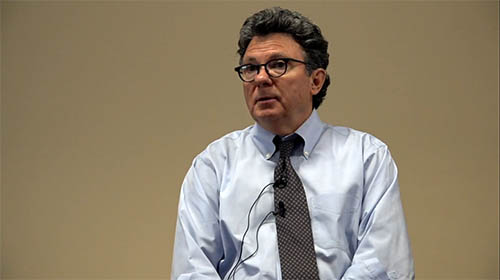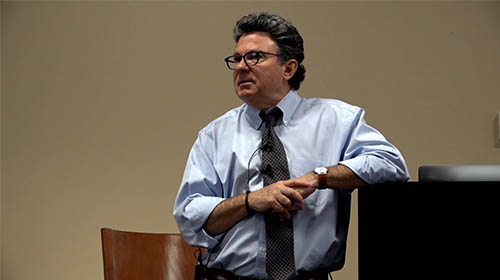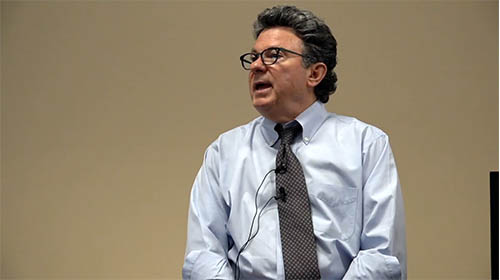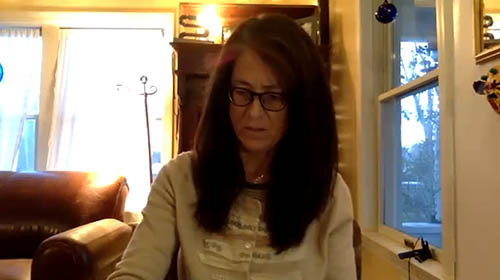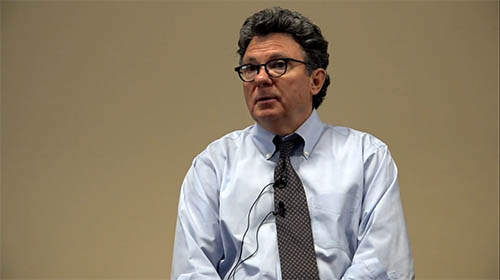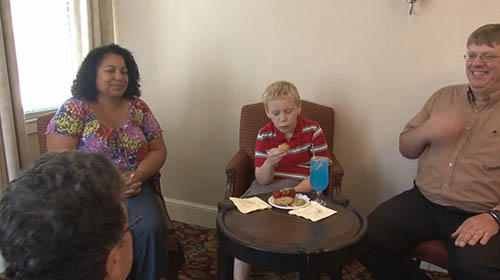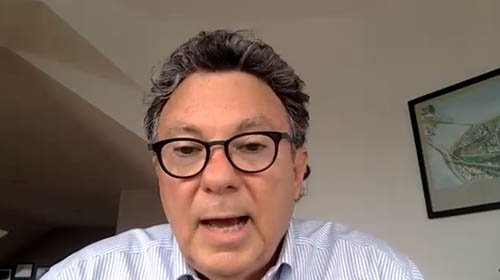Learn the basics of Collaborative and Proactive Solutions
STEP 1: CHANGE YOUR LENSES
Step one begins with a close look at your beliefs about why and when a child exhibits concerning behavior. Thanks to an enormous amount of research that’s been conducted over the past 50 years, we’ve learned that what we’ve been saying about kids with concerning behaviors (and what we’ve been doing to them) has often been counterproductive and ineffective. Concerning behavior is not the result of poor parenting, faulty learning, or poor motivation. In this section, you’ll be asked to try on some new lenses so that you have a more accurate, compassionate understanding of a child’s concerning behavior. Watch the videos below to complete step one.
STEP 2: IDENTIFY SKILLS AND UNSOLVED PROBLEMS
Step two involves the hard work of identifying the skills that are making it hard for the child to respond adaptively to problems and frustrations and the specific expectations the child is having difficulty meeting, called unsolved problems. This is accomplished by completing the Assessment of Skills and Unsolved Problems (ASUP). Identifying lagging skills tends to be the easy part for most adults, while wording the unsolved problems can be harder. A lot of kids have quite a few unsolved problems. So once they’re identified, you’ll need to prioritize which ones you’ll be working on first, using the Problem Solving Plan.
The video below will guide you through the process of completing the ASUP. The ASUP Guide will help too, as will the video (to your right) showing an actual ASUP meeting at a school.
STEP 3: SOLVE PROBLEMS COLLABORATIVELY AND PROACTIVELY
Once you’ve identified and prioritized the child’s unsolved problems, it’s time to start solving those problems proactively. In this section, you’ll learn how to do that. Watch the videos below to see examples of Plan B between caregivers and kids of varying ages (more video examples are forthcoming).

